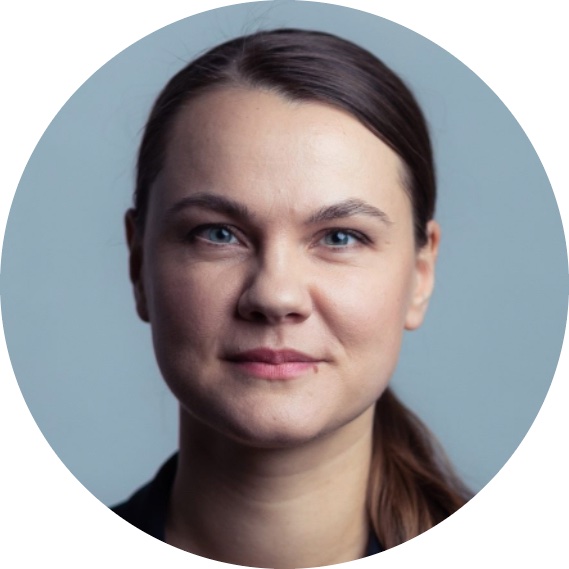Gender pension gap may take ‘lifetimes’ to close, experts fear

The gender pay gap may be inching towards closure by 2030, but its poorer, less publicized cousin — the gender pension gap — could spiral out of control, women’s finance experts warn.
The gender pension gap, the difference between the financial security men and women respectively have on retirement, thanks to their own contributions, their employers during their working lives, plus state payments on retirement, is even more stark than the gender pay gap causing it.
And according to the World Economic Forum, it’s some of the world’s biggest economies that are the worst performers — nearly 50% in Japan, around 40% in the U.K. and around 35% in the U.S. That’s compared with the respective average gender pay gaps in these countries of 26%, 10%, and 15%.
In the U.S. specifically, 36% of women are prioritizing saving for retirement compared with 46% of men, according to the Bank of America. Meanwhile, insurance company MetLife has found that half of female employees don’t have a savings cushion of at least three months of their salary, compared with 32% of men.
U.K.-based women’s wealth coach Kim Uzzell is unapologetically pessimistic about progress in this area.
“Things are not moving in the right direction at any pace, because the gap is so big. I don’t see how it’s going to be closed in any meaningful way in my lifetime, and possibly not even in my daughter’s life,” said Uzzell.
She illustrates just how the gender pension gap develops, based on her own situation. Now in her early 50s, Uzzell had her two children in the 1990s. This prompted her to stop her contributions to her retirement fund. Having the money to pay for more urgent needs like childcare became more important than her own future.
It’s a story that’s all too common and almost identically reflects the life cycle of events that continually pad out the gender pay gap.
“It starts at one end with maternity leave, then going back to work part time as more women do compared with men, which reduces pension contributions. Then you get to my age, and hormones decide they’re going to have another go at you with menopause,” Uzzell added.
“At that point for me, I worked in one of the big global banks. I had this feeling that if I was going to make the last big push in my career, this was the time. For a lot of women, menopause wreaks havoc with that, so they don’t go for that last push, and end up doing away with that bigger bonus and bigger pension contribution, so the gap continues in our 50s.”
It’s an issue that Uzzell estimates around 60% of her client base comes to her with. If unresolved by an individual, it could lead to women having to work longer than their male partners, or an unhealthy codependency on a partner, she said.
In Australia, the gender pension gap is believed to be responsible for a growing homelessness epidemic amongst older women. That’s why a campaign has been launched to mandate employers to continue paying contributions while women are on maternity leave — currently not required in the country.
But this mandate does exist in the U.K., so what other factors are at play? Uzzell argues that the U.K. government introducing compulsory pension contributions in 2012 was too late, and that pension education should begin in school and continue with employers.
What can we learn then from Estonia, with one of the lowest gender pension gaps — less than 5%? That the numbers are false and it’s a recipe for disaster, according to Karen Burns, CEO and co-founder of AI video analysis startup Fyma, who is based in Estonia’s capital city Tallinn.
“This is an illusion. Estonia has recently changed its pensions system and the data showing up in these ‘equal’ pension gap statistics is based on people getting their pension based on the old system — and those on the new system haven’t retired yet,” said Burns.
“Estonia will quickly catch up with the poorest performing countries and likely surpass them, as nothing has been done to address the gender pay gap.”
Women also tend to take long maternity leave in Estonia, with 18 months on full pay, Burns continued, in a system that’s amenable to having children close together. But it also means women are away from the workplace for long periods, further exacerbating the gender pay gap.
“Long story short, the small gender pension gap will quickly turn into a ravine of a gap,” Burns added.
Burns is in agreement with Australia-based Bianca Hartge-Hazelman, author of the Financy Women’s Index of economic equality, that the solution must be to work harder for overall gender equality — most importantly, by more heavily tackling gender stereotypes around parenting.
“We need to encourage men to share the parental load by taking leave and being more included in unpaid work, so they better understand the impact of missing out on pay, career advancement and retirement fund payments,” said Hartge-Hazelman.
Burns paints a grim picture of what the gender pension gap will mean in the near future.
“Women will not just be poorer, they’ll be poorer for longer than men as they outlive them,” she said.


